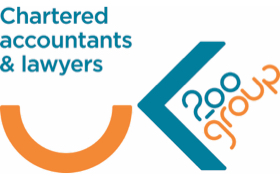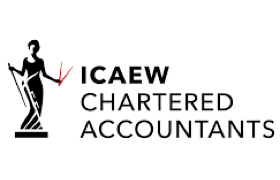Mandatory Payrolling of Benefits Postponed
- 13th May 2025
The UK Government has postponed the deadline for the mandatory payrolling of most taxable benefits until 6 April 2027, giving employers an extra year to adjust. While the extension offers some breathing space, now is the time to get ahead of the curve and understand the changes that will soon impact payroll and tax reporting processes.
What Is Changing?
Under current HMRC rules, employers can choose whether to payroll taxable benefits or report them through form P11D. From the 2027/28 tax year, however, payrolling will become mandatory for most benefits in kind.
Key Points:
- New deadline for mandatory payrolling: 6 April 2027
- Exceptions: Employer-provided accommodation and cheap or interest-free loans are excluded from mandatory payrolling, although these may be included in the future.
- Voluntary payrolling remains available for the 2026/27 tax year, but employers must register before 6 April 2026.
- From 2027/28, employers will no longer need to register—payrolling becomes the default.
Real-Time Tax Deduction
Once the new rules take effect, most taxable benefits must be processed through payroll software, meaning tax will be deducted in real-time rather than being collected via tax code adjustments after the year ends.
While this change simplifies administration for HMRC and can reduce errors, it may lead to cashflow challenges for employees. Workers could see tax deducted for multiple years at once, particularly if previous benefits are still being recouped through tax codes when payrolling begins.
Managing the Transition
HMRC will help facilitate the change by automatically removing taxable benefits from employees’ tax codes from April 2027. There will also be an end-of-year reconciliation process for benefits whose value cannot be accurately determined during the tax year, such as variable-use company vehicles or fluctuating private medical costs.
What Should Employers Do Now?
- Review payroll software: Ensure your system is compatible with benefit payrolling and will handle real-time tax deductions from 2027.
- Plan for the 2026/27 tax year: If you wish to start payrolling benefits early, register before 6 April 2026.
- Communicate with employees: Explain the upcoming changes and how they might affect net pay, especially for those with ongoing benefit-related tax code deductions.
- Assess cashflow implications: Consider how multiple years of tax deductions might affect your workforce, and what support you can offer if needed.
Toni Beecroft, Partner at Forrester Boyd says:
“This is a substantial shift in how benefits are reported and taxed. Employers should use the transition period wisely to prepare systems, policies and staff. Those who act early will find the move to mandatory payrolling far less disruptive.”
Need Support?
We’re already working with businesses across all sectors to help them prepare for this change. From system updates to employee communications, our team can guide you through the steps needed to be compliant and confident by 2027. Please do contact us should you wish to discuss this further.
For More Information
HMRC has issued a technical note with full details of the upcoming rules, which you can find here.
All data and figures referred to in our news section are correct at the date of publishing and should not be relied upon as still current.



